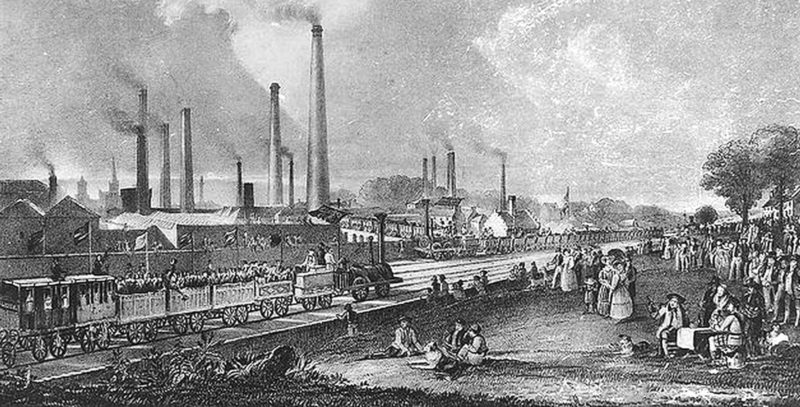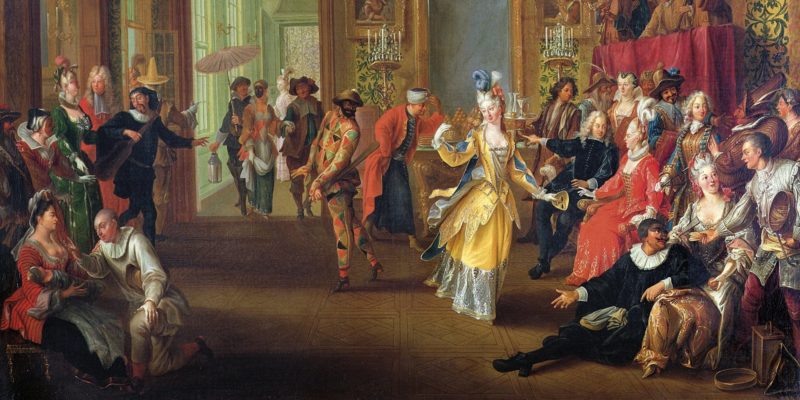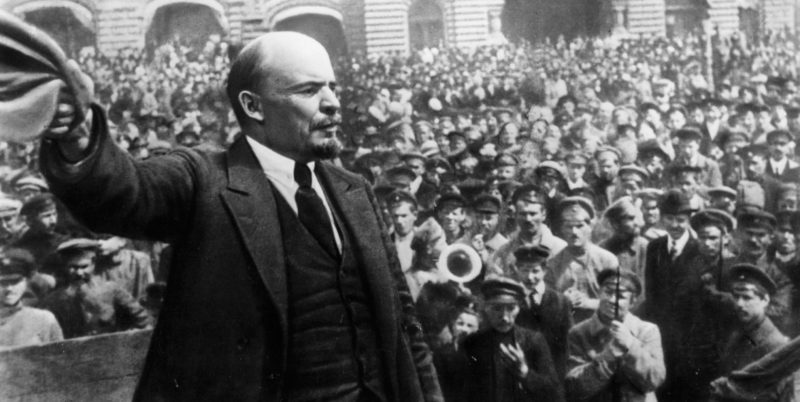We explain what the proletariat is, its origin and how it is classified. Also, what are its characteristics and differences with the bourgeoisie.
What is the Proletariat?
The least powerful social class of the traditional pyramid of the power structure is called the proletariat , which is devoid of goods and means of production and therefore must lease its workforce to third parties to receive an economic compensation in exchange. (salary). It is also known as working class or working class.
The proletariat is distinguished from other classes such as the bourgeoisie in that it does not possess greater assets than its capacity to work , and therefore constitutes the basis of capitalist society , as defined by Karl Marx , the "exploitation of man by man" . The bourgeoisie, on the other hand, is the owner of the means of production and requires labor to generate consumer goods.
This term is often used as a synonym for austerity , poverty or simply to refer to the lower or subjugated segments of a human group: “the proletariat of ideas” or “the cultural proletariat”.
Characteristics of the proletariat :
Origin of the term
The term proletarian , from which “proletariat” comes, originated in the ancient Roman Empire , since it was used to designate citizens of the lowest stratum ( proletarii ) who did not have property and could only contribute to the State their offspring (their offspring ) to swell the imperial armies. They were the sixth social class after five types of owners and landlords.
-
The industrial Revolution
 During the Industrial Revolution that forever transformed human occupations and gave formal origin to the dynamics of capitalism , the term "proletariat" came to designate the workers exploited by the bourgeoisie that owns factories and businesses . This term had been briefly positivized during the French Revolution , as a synonym for popular worker and fighter, but was finally appropriated by Marxist theory to designate the lowest class of the capitalist pyramid.
During the Industrial Revolution that forever transformed human occupations and gave formal origin to the dynamics of capitalism , the term "proletariat" came to designate the workers exploited by the bourgeoisie that owns factories and businesses . This term had been briefly positivized during the French Revolution , as a synonym for popular worker and fighter, but was finally appropriated by Marxist theory to designate the lowest class of the capitalist pyramid.
The proletariat in modern capitalism
The proletarians can only sell their effort to society , that is, rent their capacity to work by the hour and receive financial compensation in return, something similar to what the rentier bourgeoisie does with the rental of their properties or real estate . This stratum also includes artisans, service sector employees and all wage earners who do not have means of production in their name.
The arduous conditions of employment to which they were subjected during early capitalism , led to the emergence of forms of resistance and organization to demand more benign working conditions , thus giving rise to trade unionism and the workers' struggle for vindication.
-
Differences with the bourgeoisie
 The substantial difference between the proletariat and the bourgeoisie, and this is a central argument in the thesis of Marxism , is that the latter owns the means of production , while the former sell their time and effort in exchange for money .
The substantial difference between the proletariat and the bourgeoisie, and this is a central argument in the thesis of Marxism , is that the latter owns the means of production , while the former sell their time and effort in exchange for money .An example of this would be a shoe factory, in which 100 people work to produce goods that, when distributed and sold, will generate a monetary income to be distributed among the owner of the factory (who is the one who distributes it and is the owner of the business). ), the payment and reinvestment of the materials to continue production, and finally the payment of the wages of the 100 workers, who will then be able to allocate part of said wages to buy some of the shoes they made themselves.
types of proletariat
Traditional Marxist theory distinguishes between two forms of the proletariat:
- Proletariat as such. The workers, the wage earners, who sell their ability to work for money. It is the working majority.
- Lumpenproletariat or subproletariat. This is the name given to the unproductive, degraded sectors that do not have a workforce to sell, and often engage in theft and other illicit activities to support themselves.
-
The "dictatorship of the proletariat"
 According to Marxist theories, the "dictatorship of the proletariat" would be a State in which the proletariat would hold political power instead of the bourgeoisie and therefore could control the means of production. This stage would be, according to the theories of Marx and Engels, a kind of "transition" towards communism , which would be a state of ideal and equitable distribution of things, in which society achieves a harmonious balance between its needs and its capacities. of production.
According to Marxist theories, the "dictatorship of the proletariat" would be a State in which the proletariat would hold political power instead of the bourgeoisie and therefore could control the means of production. This stage would be, according to the theories of Marx and Engels, a kind of "transition" towards communism , which would be a state of ideal and equitable distribution of things, in which society achieves a harmonious balance between its needs and its capacities. of production.
Proletarianization
Another of the key concepts of Marxism is "proletarianization", which was thought of as a logical consequence of the accumulation of capital , which in turn implied a growth of the working class: the more money the bourgeois owner of the factory obtained, the more workers he would hire to expand his business.
However, proletarianization is seen as a phenomenon of downward social mobility , since it often implies the destruction of certain social welfare states as a result of privatization and the voracious growth of the market , which forces certain resistant sectors to become wage earners and lacking as well as other goods that would allow them to survive.
-
strikes and unions
 Once aware of their social class and their level of exploitation, the proletarians proceeded to organize themselves and demand better and more dignified employment conditions , which led throughout the 19th and 20th centuries to numerous strikes, sabotage and conflicts between the workers. workers and the bourgeoisie.
Once aware of their social class and their level of exploitation, the proletarians proceeded to organize themselves and demand better and more dignified employment conditions , which led throughout the 19th and 20th centuries to numerous strikes, sabotage and conflicts between the workers. workers and the bourgeoisie.Thanks to this history of struggle , changes were produced that allowed the appearance of workers' unions and certain levels of organization and recognition that promulgated the first labor laws .
Cognitariat
This is a term of post-industrial society, to designate those individuals who only possess their cognition , that is, their knowledge and their studies, to offer to the labor exploitation of the market. It is a growing form of proletariat in the computerized and technologized society, in which the worker has been displaced by the machine.
-
Precariat
The above content published at Collaborative Research Group is for informational and educational purposes only and has been developed by referring reliable sources and recommendations from technology experts. We do not have any contact with official entities nor do we intend to replace the information that they emit.
MA student of the TransAtlantic Masters program at UNC-Chapel Hill. Political Science with a focus on European Studies. Expressed ideas are open to revision. He not only covers Technical articles but also has skills in the fields of SEO, graphics, web development and coding. .
Leave a reply
Your email address will not be published. Required fields are marked *Recent post

Sport: What Is It, Types, Risks, Features, Characteristics and Examples

Dogs: Emergence, Features, Characteristics, Feeding and Breeds

Story: Definition, Elements, Structure, Features and Characteristics

